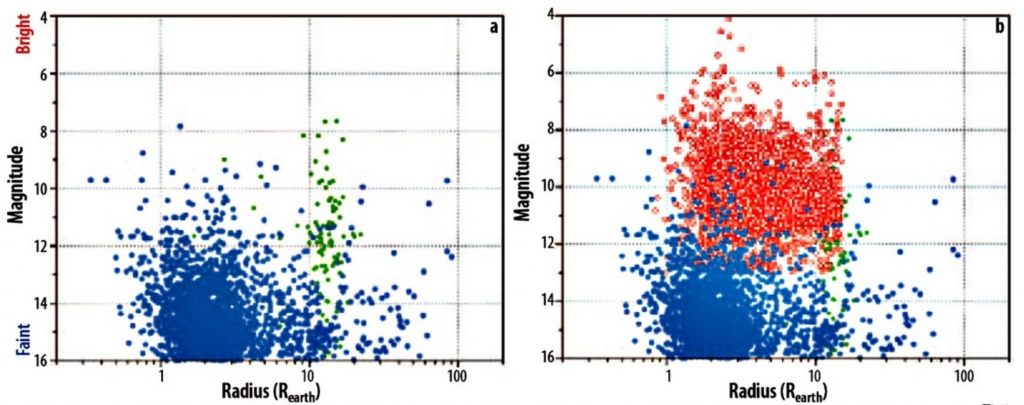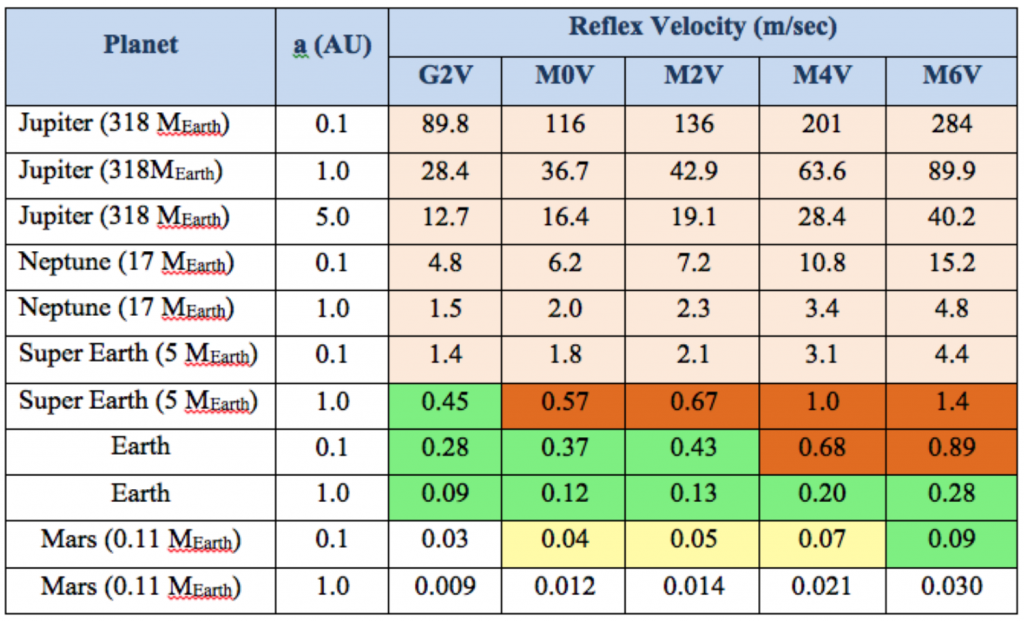Because G-CLEF is a single-target spectrograph, we benefit from large exoplanet surveys to find promising transiting systems to study. To date, the catalogue of transiting exoplanet candidates has been dominated by the Kepler sample. This large catalogue generally consists of objects, which are faint and thus not amenable to studies of those exoplanet’s atmospheres or precision radial velocity (PRV) mass determination of low-mass exoplanets, especially those that are Earth-twins. The Transiting Exoplanet Survey Satellite (TESS) and CHaracterising ExOPlanet Satellite (CHEOPS) will launch in the 2017-2018 time frame and provide a large sample of bright, low mass transiting exoplanets extending over the whole sky. While the current and coming generation of EXPRES and Maroon-X instruments on 3.5 – 10 m telescopes, especially ESPRESSO, will open up new discovery space in the TESS and CHEOPS catalogues, many discoveries will only be possible with the 25.4 m aperture of the GMT, especially the search for the biomarker O2 in exoplanet atmospheres.

Precision radial velocity (PRV) measurements of transiting exoplanets achieve three objectives – measure planetary mass, determine the eccentricity of planetary orbits and reveal the presence of non-transiting planets. This lattermost objective can, in some cases be determined from photometric data alone by measuring transit timing variations (TTVs). Transiting planets are particularly rich scientific targets because the geometry of the transit lifts the degeneracy in i sin θ. Since the transit data measures the exoplanet diameter and the reflex velocity of the host star gives the exoplanet mass, it is possible to determine the exoplanetary density and hence to deduce the internal constitution of the exoplanet.
PRV Objectives
The broad science objectives of PRV studies of exoplanetary systems with G-CLEF are:
- Confirm and measure the mass of the smallest exoplanet candidates discovered in current and future transit searches, especially those in habitable zones where the planetary surface temperature supports water in liquid phase
- Detect radial velocity signature of Earth mass planet orbiting a Solar type star in the habitable zone (mass determination)
- Detect radial velocity signature of Earth mass planet orbiting a low mass (M) star in the habitable zone (mass determination)
- Determine the architecture and internal dynamics of other exoplanetary systems (mass & eccentricity determination, presence of non-transiting components)
- Determine the bulk properties and internal structure of exoplanets (mass determination)
- Constrain planet migration histories (mass & eccentricity determination, presence of non-transiting components)
- Understand the uniqueness or ubiquity of the architecture of our Solar system (mass & eccentricity determination, presence of non-transiting components)

